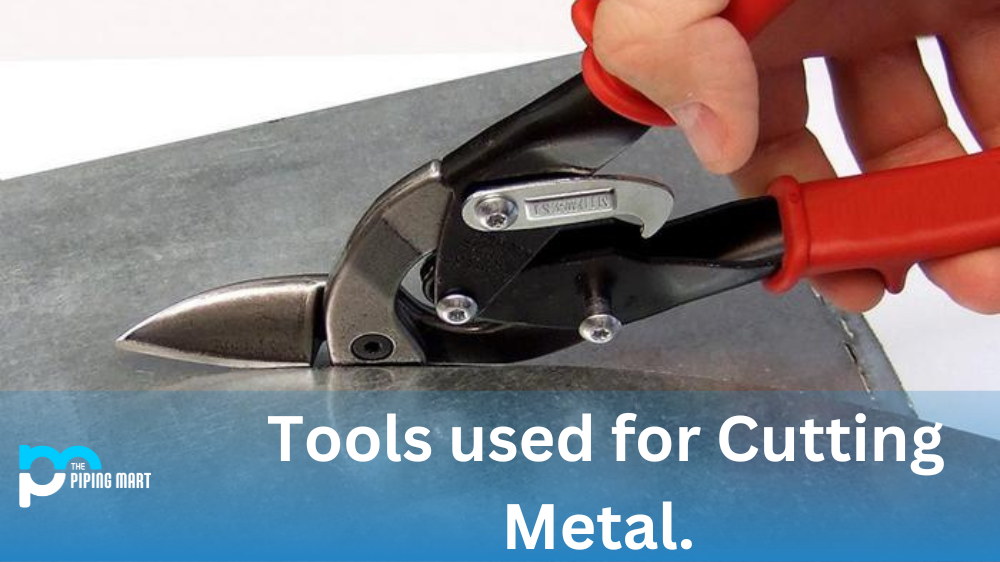If you’re working with metal, you need the right tools to get the job done. Metalworking requires precision and accuracy, so having the best tools for cutting metal is important. This blog post will discuss some of the most common tools used for cutting metal. Let’s dive in!
Handsaws and Hacksaws
The most basic tool used for cutting metal is a handsaw or hacksaw. This type of saw allows you to make straight cuts on sheet metal or thin-walled tubing. They are relatively inexpensive and easy to use, but they can take longer than other methods due to their manual nature. For best results, ensure that your saw blades are sharp and appropriate for the type of material you are cutting.
Angle Grinders
An angle grinder is an incredibly versatile tool that can be used for various applications, including grinding, polishing, sanding, and cutting materials, including metal. Angle grinders come in many different sizes and styles depending on what type of project you’re doing. For example, smaller handheld angle grinders are designed for more precise work, and larger benchtop models are designed for heavier-duty tasks like heavy weld prep work or rust removal from large surfaces. When using an angle grinder to cut metal, it’s important to use the correct wheel attachment (e.g., a cutoff wheel) and to wear personal protective equipment such as safety glasses or a face shield.
Power Saw
For bigger jobs where time is of the essence, a power saw like a circular or jigsaw may be better suited than a handsaw or an angle grinder. A power saw has more power, so it can cut through thicker materials quickly and accurately without leaving behind rough edges or burrs that must be cleaned up after each cut is made. As with any tool involving electricity or combustion engines, there are risks involved; always wear protective gear when using any power saw and make sure all safety guards are in place before turning on the machine. Additionally, ensure that your workspace is free from debris or any other objects that could get caught in moving parts while operating your power saw equipment.
Conclusion:
No matter what kind of project you’re working on involving metal cutting – whether fabricating custom parts out of sheet stock aluminum or simply making repairs around your home – having the right tools will make all the difference in ensuring your job gets done safely and correctly every time. From basic hand tools like handsaws and hacksaws to more powerful options such as angle grinders and power saws – there’s no shortage of ways to get your jobs done efficiently when cutting metal! With these tips in mind, you should now have all the information necessary to tackle any metalworking projects confidently!

A passionate metal industry expert and blogger. With over 5 years of experience in the field, Palak brings a wealth of knowledge and insight to her writing. Whether discussing the latest trends in the metal industry or sharing tips, she is dedicated to helping others succeed in the metal industry.




